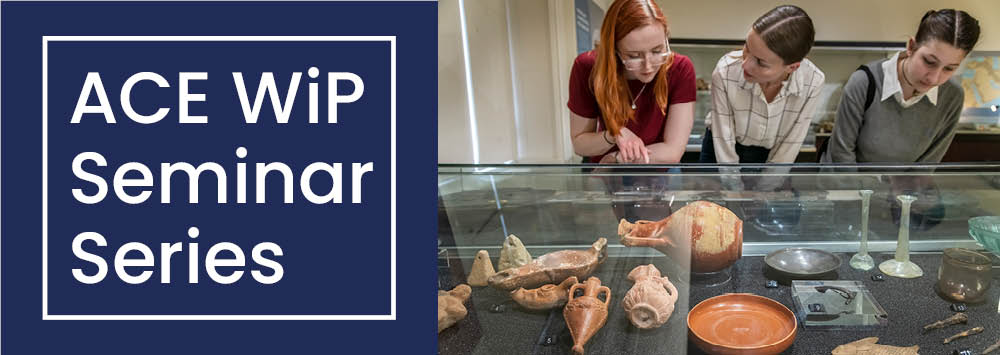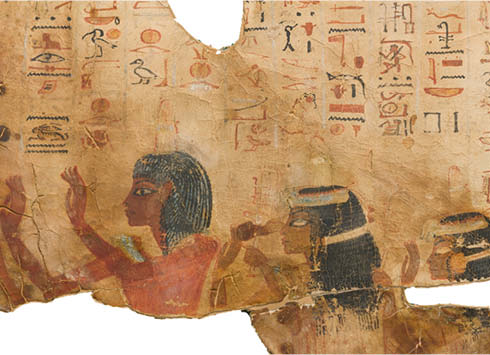
Dealing with idiosyncratic graphic registers in ancient Egyptian manuscripts: the case of ms. Nakht (BM EA 10473) - Marina Sartori
- Thursday 2 November 5pm
- Hybrid event - in person at Rendall Seminar Room 4, or online on Zoom
- Register and access zoom link
- Access Facebook event page

Image above © The Trustees of the British Museum
Abstract
The graphic aspects of writing in ancient Egypt encode information about the human agency behind an inscription, a relation recently termed ‘graphic registers’ by Chloé Ragazzoli and Florence Albert. Particularly significant are cases where a graphic register features in a context where it would not usually be expected: a small number of Eighteenth Dynasty manuscripts, originating from Theban tombs and containing the funerary composition Going Out in Daylight (ms. Nakht BM EA10473, P. Leiden T2, p. Cairo CG 51189) feature sections written in polychrome hieroglyphs, as opposed to the standard black linear script. This is highly exceptional, as polychrome hieroglyphs are characteristic of monumental contexts, and not of papyri.
The paper aims to identify the scribal culture which produced them, as well as their relation to the usual monumental arena of polychrome hieroglyphs. My methodology includes a systematic analysis of the scribal characteristics of ms. Nakht (personally examined in the British Museum), supplemented by a comparison of polychrome hieroglyphs from both manuscripts and other contemporaneous funerary media. This will enable a theorisation of graphic registers in funerary papyri and their social or ritual indexicality, together with a better understanding of the connections between their production and that of large-scale monuments.
Suggested readings
We thrive to encourage scholarly debate around the presentation. For that purpose the speaker has been asked to provide a range of readings that would help the student audience gain familiarity, if and where needed, with the context in which the specialized research is embedded.
On the production of BD manuscripts:
- Kockelmann, ‘How a Book of the Dead manuscript was produced’, in F. Scalf (ed.), Book of the Dead: Becoming God in Ancient Egypt (OIMP 39; Chicago, 2018), 68-74.
- Cole, ‘Language and Script in the Book of the Dead’, in F. Scalf (ed.), Book of the Dead: Becoming God in Ancient Egypt (OIMP 39; Chicago, 2018), 41-48.
- Dorman, ‘Compositional format and spell sequencing in early versions of the Book of the Dead’, JARCE 55 (2019), 19-53.
Graphic registers:
F. Albert, ‘Le Livre des Morts et ses registres graphiqus’, in S. Polis (ed.), Guide des écritures de l’Égypte ancienne, (Cairo, 2022), 258-263.
Graphic format and monumentality: